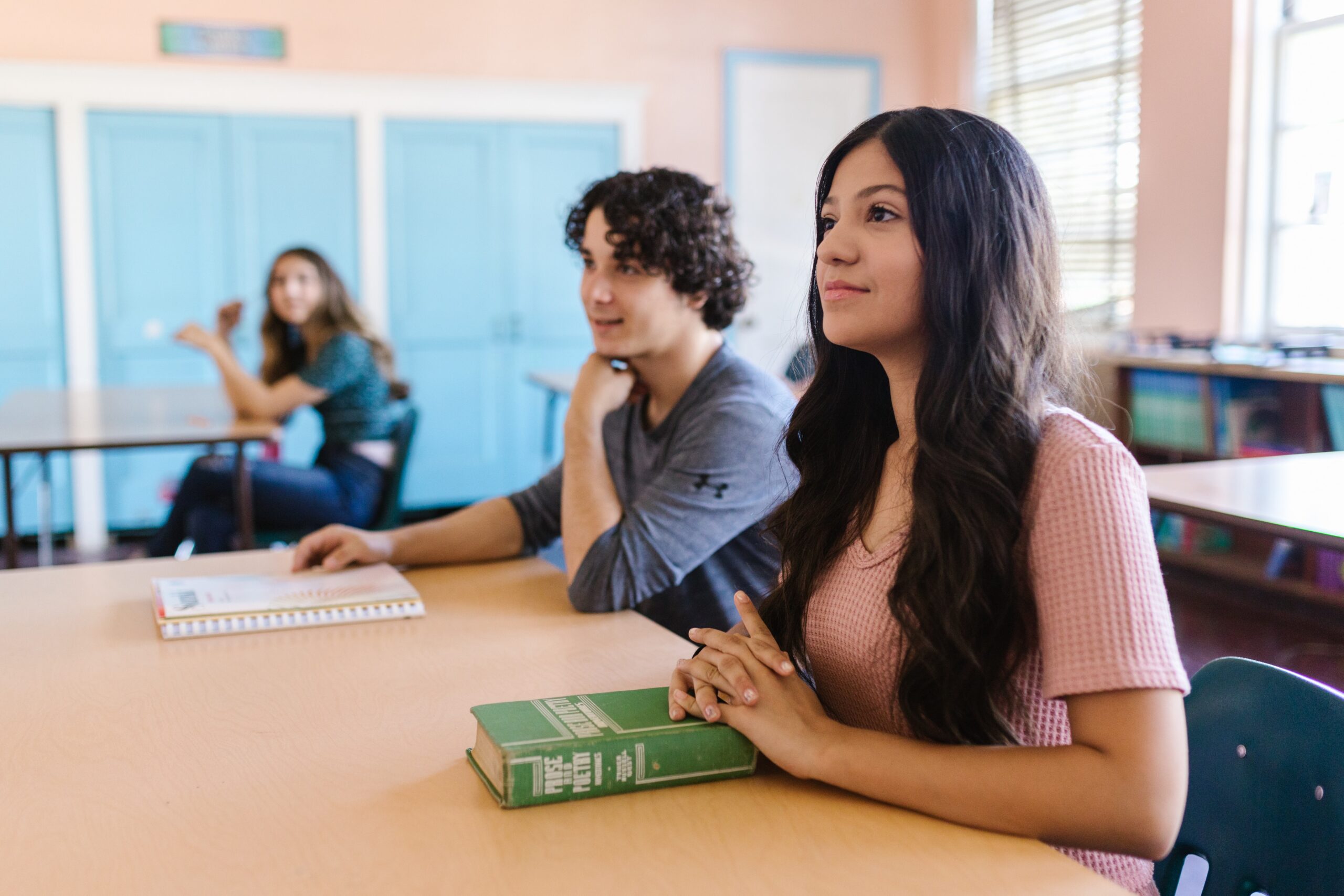
Five Practices to Help Students Make Stress Work For Them
By: Tim Elmore
Gretchen Goldman is a scientist, a mom, and the research director at a nonprofit in Washington. Her job involves conducting television interviews and briefing lawmakers. Now, however, she is doing this work from home, near her young children and a chaotic environment. On the screen, Gretchen looks poised and well dressed, but she admits that if her laptop camera used a wider angle, viewers would see she is wearing gym shorts and no shoes; her computer sits atop a chair that is on top of a coffee table and toys and spilled drinks are strewn all over the floor.
She told Inc. Magazine that she’s struggling. It’s enough to drive her crazy.
For many parents, professionals, and students, enduring virtual meetings or classrooms was bearable for a few months. Now that millions have worked remotely for a year, however, many are absolutely exhausted. Everyone I’ve spoken with is trying to maintain a good attitude, but they’ve grown weary.

More or Less
The irony of our remote classrooms and meetings is that we are both more exposed and less exposed than we were in our traditional classroom environment. Our exposure increases as everyone can now see our homes, our personal spaces, and our belongings. Our exposure is less, however, in that virtual meetings limit how much of our lives we let them see. When we’re not in-person, we’re two-dimensional, not three-dimensional. These are strange times indeed. The virtual classroom has loads of advantages, but for many students and teachers, it’s causing as many problems as it is solutions.
But what if we could capitalize on our virtual environment with our students?
Teaching Them to Think Like a Leader
The COVID-19 quarantine that’s forced us to do school differently for over a year is one more reason why we should teach our students to think like leaders. It has little to do with whether they have a leadership position or title and more to do with the mindset they have.
- Leaders take initiative and control the controllables.
- Leaders trust and collaborate with a team of people.
- Leaders set an example for others to follow.
Does that sound like traits your students could use?
I have written before about Dr. Julian Rotter, a research psychologist, who in 1954 created a scale to measure how much “ownership” students demonstrated in their lives. His scale measured our internal and external “locus of control.” He found that those who have an internal locus assume greater personal responsibility for their lives; those with an external locus assume someone else must take responsibility. After measuring the outcomes for nine years, he made three paramount discoveries about a person’s sense of personal responsibility:
- As information rose in our lives, so did our external locus of control. People feel overwhelmed with their data consumption and hope for an outside solution.
- People with an internal locus of control become measurably more successful in life than those with an external locus. They take responsibility for their life.
- Those who believe that things are out of their control tend to experience higher stress levels. While responsibility is stressful, feeling out of control is worse.
The answer to lowering stress levels is usually not to remove the stressors. Even if it were, only some of a student’s stressors can even be removed. This is why we must equip our students to manage their own stress, and we must begin by giving them a sense of control and “ownership” over their daily experiences.
This is the foundation of leadership. Leadership is a disposition not a position, and for this reason, a student’s sense of leadership should begin now. Before they can “take charge” of anything else, they must first “take charge” of themselves.
Five Action Steps We Can Take to Build Leadership and Lower Stress
1. List the activities that occur each day and place them in the right “bucket.”
Everything that happens in life fits into one of three buckets: it is in our control; it is out of our control or it is within our influence. Have students list what happens on a typical day on paper, then cut each one up and place them in a visible bucket. They’ll be amazed at how much is really in their control and how awful it is to place experiences that are out of their control in the wrong bucket. We lower stress by placing our activities in the right bucket.
2. Rotate students into leadership roles to “own” the classroom experience.
What if you listed everything that needs to get done, and assigned some of the items to students, making them “leaders” for a day or a week over those items. For instance, some could facilitate breakout group discussions; others could take attendance; others could keep track of specific projects. While it may sound like it would add to the students’ stress, over time, teachers have told me it actually helps the students feel more in control. They “own” these items.
3. Offer control of the environment with backgrounds or camera placements.
This is small, but it allows students to express their unique style and “own” another part of the virtual experience. What if you chose a different background and camera placement on your computer or in your classroom, and allowed them to do the same thing? You can even take a moment to let three of them explain why they chose their image. One teacher said this became the highlight of the day for some of his students.
4. Create opportunities for them to invite peers into their personal space.
One way any student can express “ownership” is to do a “show and tell” of their personal space, choosing what they might show classmates from their home or room that illustrates what they value and what they feel passionate about. Obviously, you’ll want to encourage them to do this in a healthy way, showing appropriate items to peers. This provides two wins: first, it does not feel academic — it feels personal — and students need personal touches. Second, it enables them to clarify their identity.
5. Teach students in a variety of contexts to create a unique experience.
This one requires a little creativity but is well worth it. I heard of a history teacher from Texas who decided she’d teach elements of American History “on location.” She would take her kids on a virtual road trip each week, teaching live from spots around the country where history happened. This lessened stress levels as students looked forward to what they would learn and from where, each day. You can read about the story here: Teacher takes students on virtual road trip, visits sites where history happened.
I hope this short list sparks even better ideas of your own.
A lot of teachers and parents deserve credit for the way we’ve managed to keep going during this strange school year. Many have gotten creative and passed ownership onto their kids. Those of us who’ve struggled to keep up deserve the highest degree of empathy. For most of us, neither our lives nor our homes were designed for this work.
Stress management is a sub-competency of social and emotional learning. If you’d like to check out our Habitudes for Social and Emotional Learning Curriculum, CLICK HERE.







